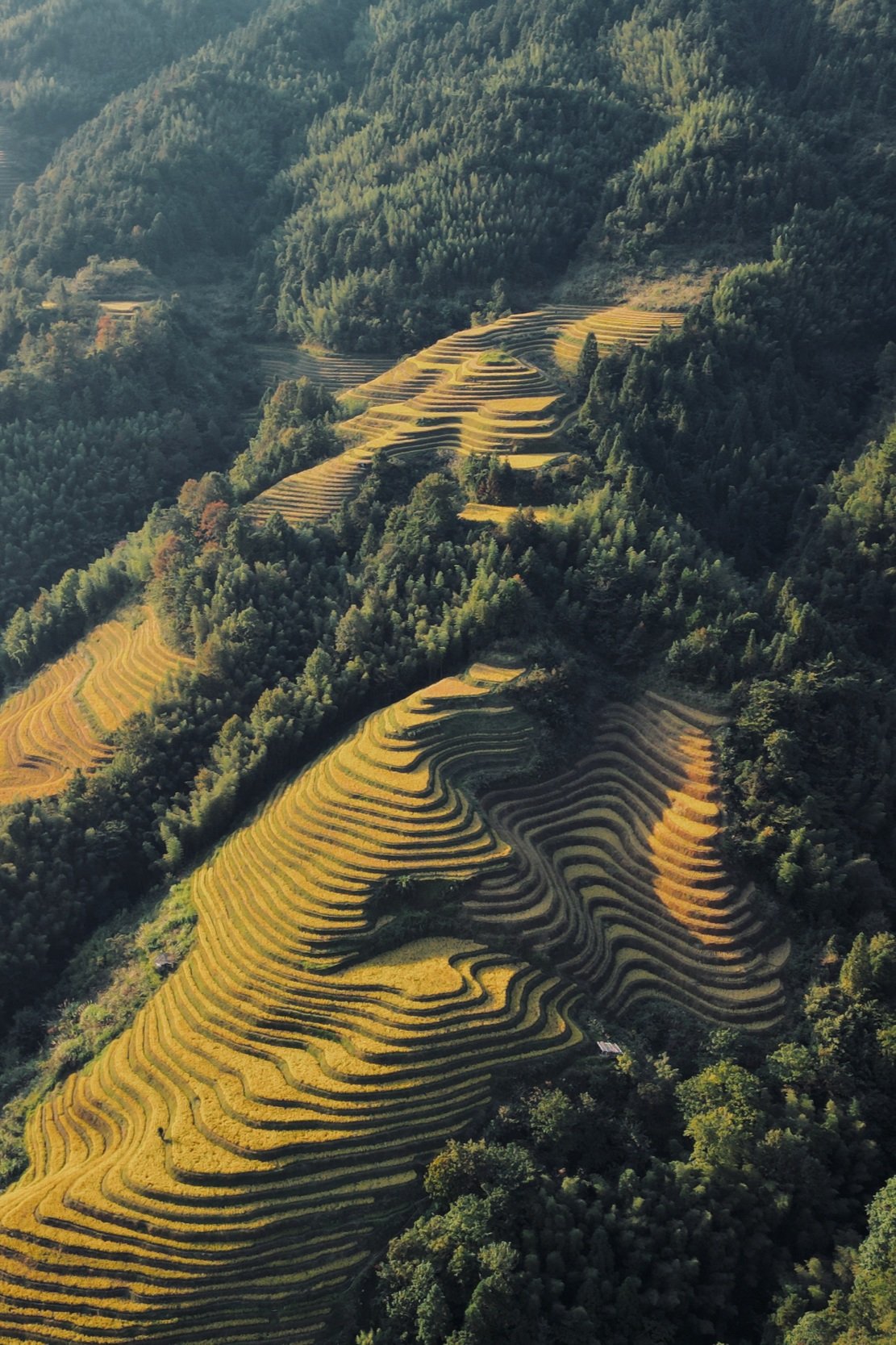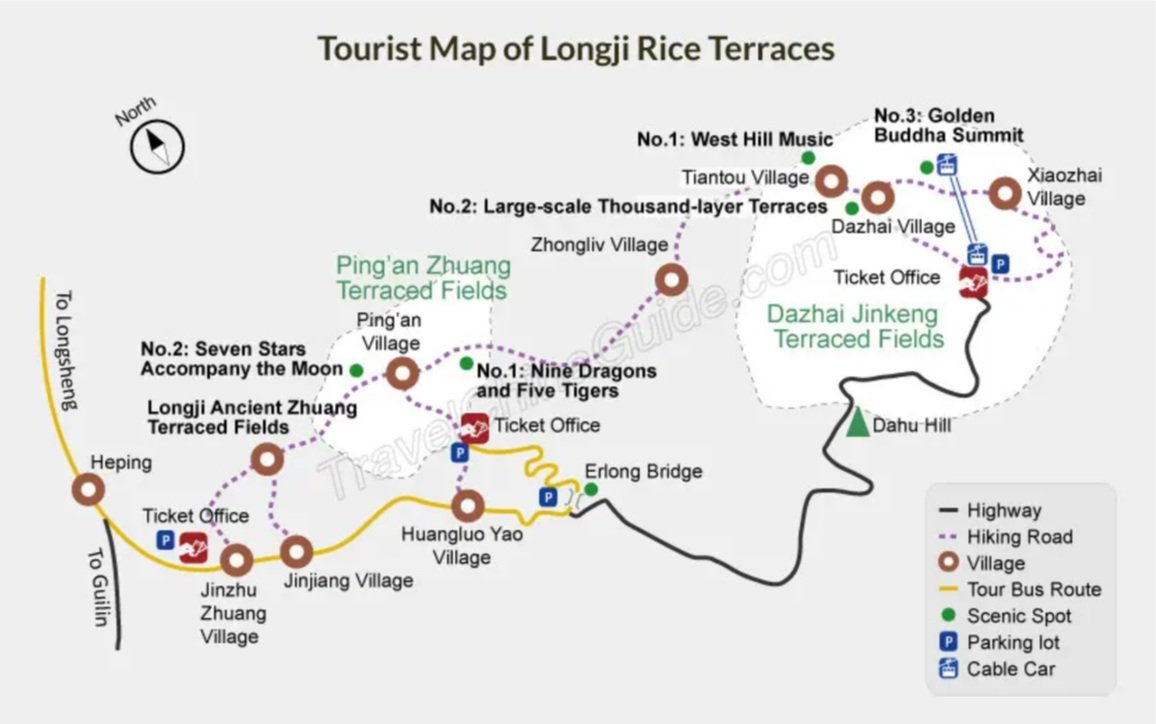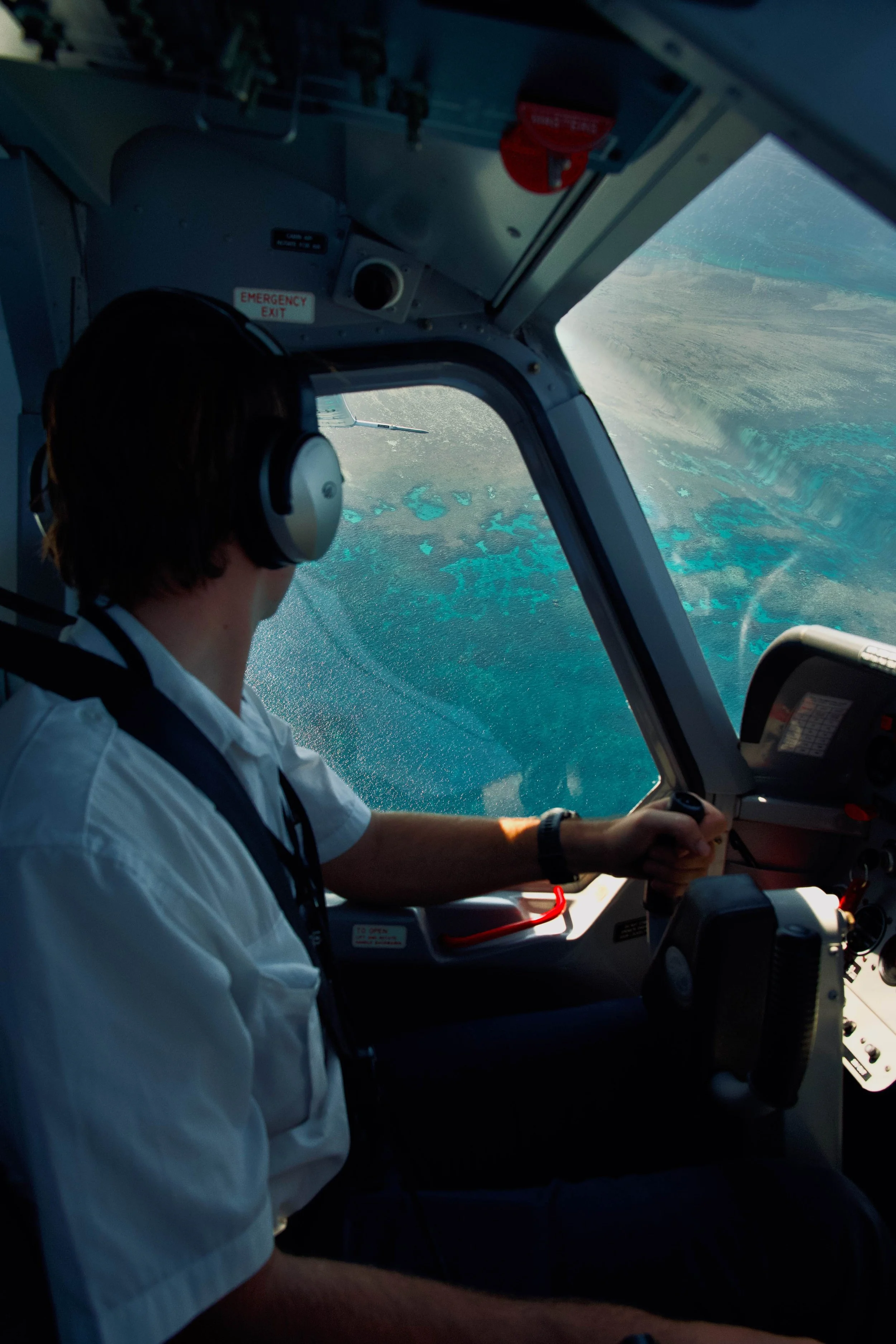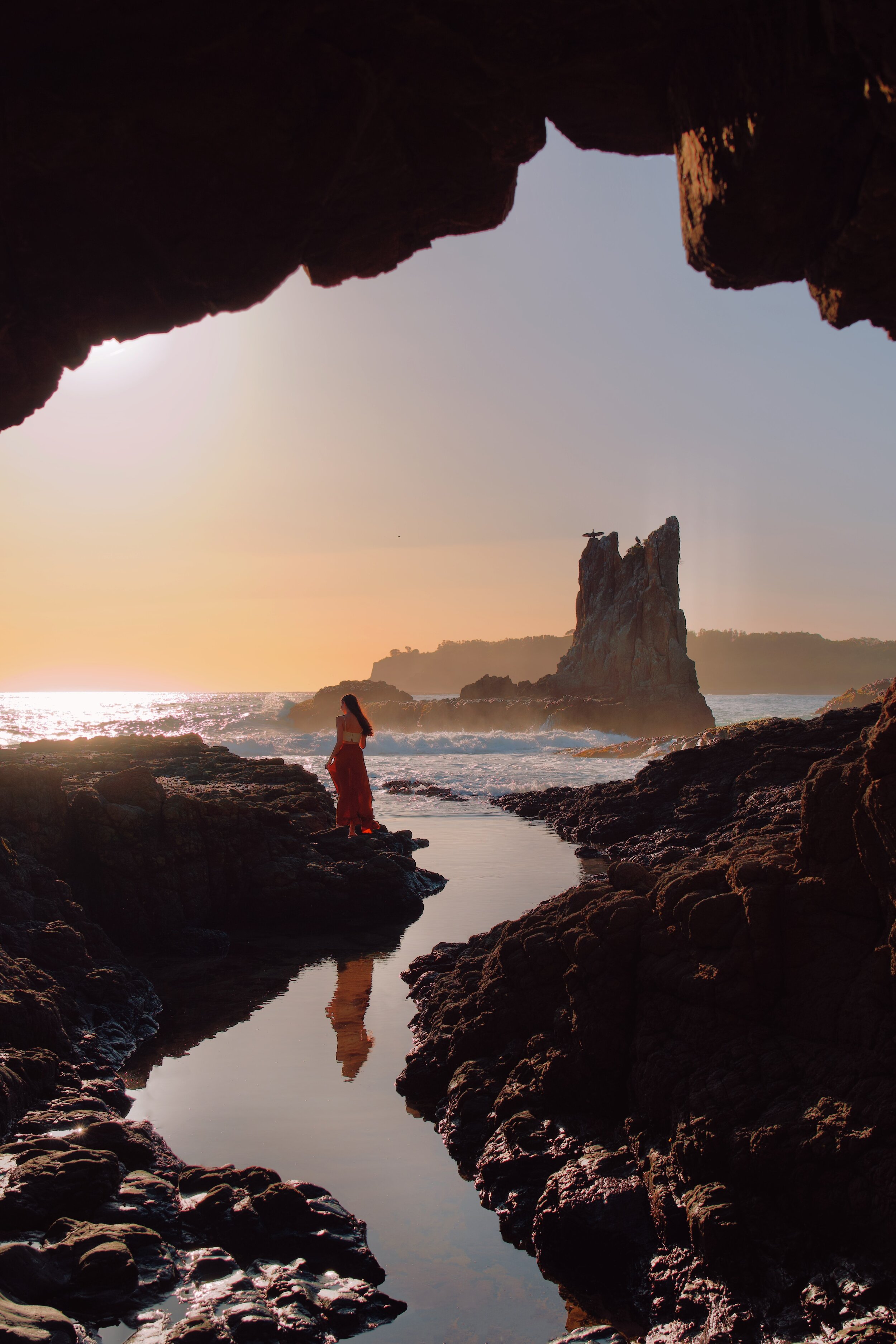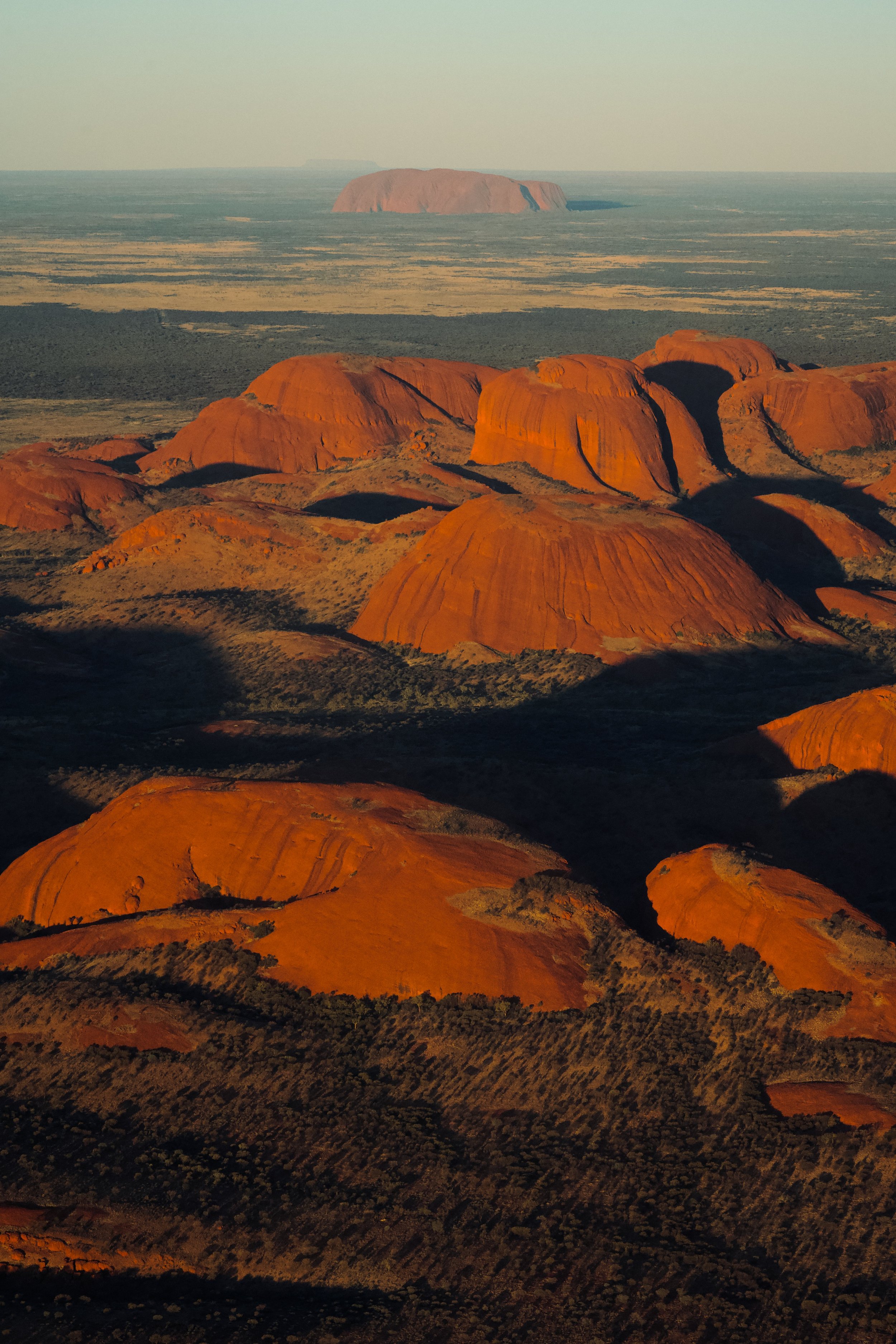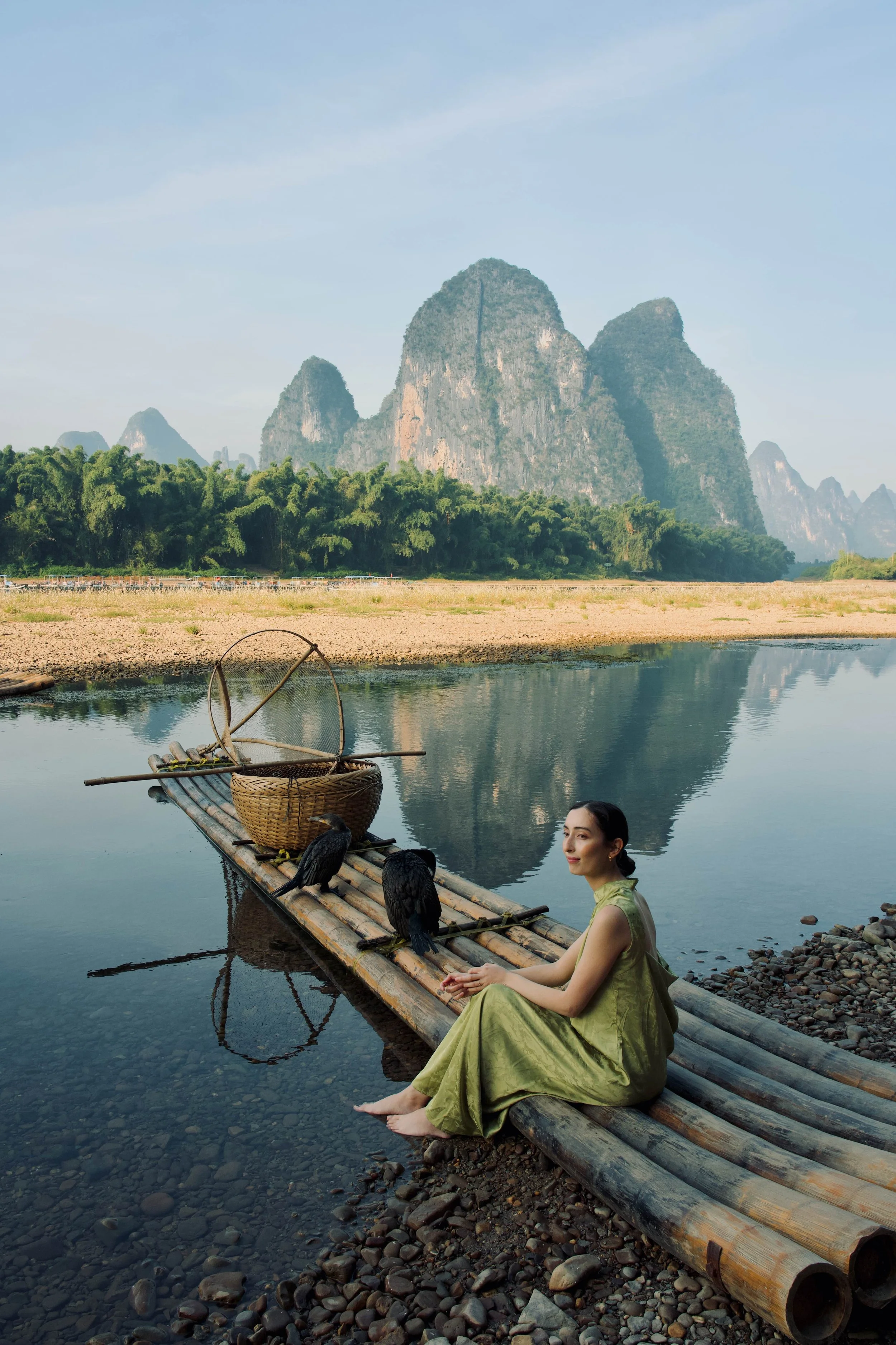The best way to visit the Longji Rice Terraces from Guilin, China, in 2024
by ling and jace
home / BACK TO CHINA
Aerial view of the Longji Rice Terraces, taken with a DJI Mavic Mini 3 Pro near the Golden Buddha Peak
Our autumn trip to China continued across the ‘Dragon’s Backbone’ of the Longji Rice Terraces (龙脊梯田). These rice fields were first built in the Yuan Dynasty—700 years ago—and are still used today.
The Longji Rice Terraces are a few hours’ drive from Guilin and are one of the best day trips in the area. They’re in a more remote part of the Guangxi region which isn’t connected by high speed rail or plane but, while it’s a long drive to get there, it’s one of the most mystical places that we’ve visited.
We’ve put together a guide for getting to the Longji Rice Terraces by public transport, car or tour from Guilin or Yangshuo. It includes the best time of year to visit the rice terraces, where to stay in the area and how much a visit will cost. We’ve also included where to find the best hikes and viewpoints in the two Scenic Areas that make up the Longji Rice Terraces—Ping’an and Dazhai.
We loved capturing this trip and if you like any of these photos, you can find us on Instagram here:
Morning at the Xia Tiruijing Homestay
Aerial view of the Longji Rice Terraces, taken with a DJI Mavic Mini 3 Pro near the Golden Buddha Peak
Contents
How to get to the Longji Rice Terraces
Public transport to the Longji Rice Terraces
From Guilin
From Yangshuo
Hiring a car or driver to the Longji Rice Terraces
Taking tours to the Longji Rice Terraces
All-inclusive tour for seven days
If you’re short on time
If you have a full day
If you want to stay overnight
HOW LONG TO SPEND AT LONGJI RICE TERRACES
Things to do AT the Longji Rice Terraces
Ping’an and Dazhai VILLAGES AND scenic areas
VIEWPOINTS
Dazhai Jinkeng Terraced Fields
Ping’an Zhuang Terraced Fields
HIKES IN THE LONGJI RICE TERRACES
One day hike in Ping’an Scenic Area
One day hike in Dazhai Scenic Area
Cost of visiting the Longji Rice Terraces
Where to stay near the Longji Rice Terraces
Tips for foreigners travelling around China
VPN and mobile data in China
It’s very important that whatever mobile plan you choose includes a VPN, because otherwise most apps and search engines will not work (even Bing, which is permitted to operate in China, has its search results heavily limited, so you won’t be able to find much helpful information while travelling).
We used Holafly’s eSIM for China. It has unlimited data and comes with a VPN so you can use apps like Instagram and WhatsApp and search engines like Google without any restrictions. It’s also quick and easy to set up by email, and you can keep your original number and SIM. If you’re looking for a data plan and VPN, you can use our code ‘LINGANDJACE’ for 5% off Holafly’s eSIM for China with this link.
How to book high speed railway tickets in China
High-speed rail is by far the most convenient way of getting to China’s scenic spots. We always booked our tickets ahead as most train routes fill up quickly. You can use Trip.com to purchase e-tickets here for the high speed railway in advance. With e-tickets, you’ll only need to show your passport at railway stations to enter.
How to make payments in China
We’d recommend carrying cash in China because Visa and Mastercard aren’t accepted anywhere except for some hotels. You should be able to withdraw cash from any ATMs with no issue. There are hidden fees in any international exchange rate, but we always travel with a Wise travel card which can be used all over the world. It operates like any other bank but is much cheaper than exchanging money through a traditional bank (depending on the exchange, it can be up to eight times cheaper). We were able to withdraw 5,000CNY at a time from the Industrial and Commercial Bank of China (ICBC) using our Wise card that was loaded with Chinese Yuan.
You’ll need to use WeChat and Alipay to make payments and access other services like booking taxis through the Chinese ride-hailing app, DiDi. While both WeChat and Alipay are still pretty inconsistent when set up to pay with foreign-bank issued cards, you can set up a Bank of Shanghai’s ‘Tour Card’ through WeChat and Alipay’s mini-program functionality. The ‘Tour Card’ is a Chinese bank card for foreigners, making some (but not all) payments easier. We recommend booking what you can in advance and always carrying cash.
Which maps to use in China
Blogs typically recommend Baidu maps, however, it doesn’t have an English version and you need to search in Chinese characters. We found Apple maps to be the most reliable English-language map app in China. While we would usually include Google maps links to places in this blog post, unfortunately Google maps is far too unreliable to do so. We’ve included Chinese characters for some of the main destinations in case you need to quickly show someone locally.
We’ve published a more detailed guide with everything you need to know about travelling to China this year here.
When to visit the Longji Rice Terraces
The best times to visit the Longji Rice Terraces are when:
The fields are green, from July to mid September.
The fields are yellow-green, and the rice has fully grown and is ready to be harvested, from late September to late October.
The terraces are filled with water, creating huge mirrors, from the end of April to mid June.
From January to March each year, the Longji Rice Terraces are usually empty and not ideal for visiting. There are also a number of festivals throughout the year that make for amazing photography opportunities (like the Cole Flower Festival from March to April, Spring Plowing Festival from May to June, Dying Clothes Festival 6th day in the 6th Lunar Calendar, and Golden Autumn Cultural Festival from September to October).
We were lucky to fit in a trip to the Longji Rice Terraces just a few days before the autumn harvest started. On our trip, the harvest was in the second last to last week of October, however, it does change each year. If you have a tour or hotel in mind, we’d recommend reaching out to them directly and asking about the harvest time for the year so that you can best time your visit (they are usually contactable on WeChat).
How to get to the Longji Rice Terraces
The Longji Rice Terraces are not connected to the high speed railway, but they can be reached by car, bus or tour from places like Guilin and Yangshuo.
Public transport to the Longji Rice Terraces
From Guilin
Buses run from Guilin Qintan Coach Station, Guilin North or West Railway Station to the Ping’an or Dazhai villages. The trip takes around 2.5-3 hours and costs around CN ¥50-60. Buses also run from Guilin Qintan Coach Station (桂林琴潭汽车站) to Longsheng Bus Station (龙胜汽车站), where a separate shuttle will take you to the rice terraces.
From Yangshuo
Buses also run from Yangshuo Coach Station to Dazhai Village at certain times of the year. It takes around 4-4.5 hours and costs around CN ¥90. However, the buses from Yangshuo to Dazhai Village do not operate outside of the peak season, and instead requires a transfer in Guilin.
Hiring a car or driver to the Longji Rice Terraces
By Car
We were travelling as a group of 5 with lots of luggage, so driving from Guilin or Yangshuo was the easiest way to get to the Longji Rice Terraces. We booked a private driver through Yangshuo Car for two days and it cost CN ¥1300, including the driver’s accommodation for one night. We’d recommend booking through this platform if you can speak Mandarin, but we’re not sure if they have English speaking staff or drivers. If you don’t know exactly where you would like to go in the area or are after a guide, we have thoroughly looked through tour options and recommended the best ones in this post. If we weren’t travelling with Mandarin speakers, we would have opted for this two-day tour which would have given us a similar experience with much less to organise.
If you’re driving yourself, be warned that the roads to the rice terraces are narrow, winds around the mountains, and are shared with buses (overall, pretty nerve-racking). If you’re staying overnight in any of the villages, you may also be required to leave your car in one of the communal carparks as you won’t be permitted to drive on some of the roads leading to hotels and home stays (although they will often send their own drivers to pick you up from the carparks).
Taking tours to the Longji Rice Terraces
Joining a tour is the most convenient way of getting to the Longji Rice Terraces as all transport is organised. Most tours in this area are private tours or small groups so there is still a lot of flexibility over the itinerary. In many ways, it is just like hiring a private car without needing to go through WeChat to book a driver independently, so we think it is the most hassle-free option. We’ve researched many companies and found the best options depending on how long you would like to stay.
All inclusive tour for seven days
If you are interested in a relaxing trip where everything is organised, we’d recommend looking into tours on Tour Radar because they are all-inclusive and cover meals, accommodation and internal transport. If you have one week in the area, there is a seven day tour of Guilin which includes Yangshuo and the Longji Rice Terraces by Silk Road Trips. It goes to some of our favourite places in Guilin and Yangshuo (including the Yulong river, which is one of the most mystical places nearby). We also had around one week and felt like it was a good amount of time to spend in the wider area.
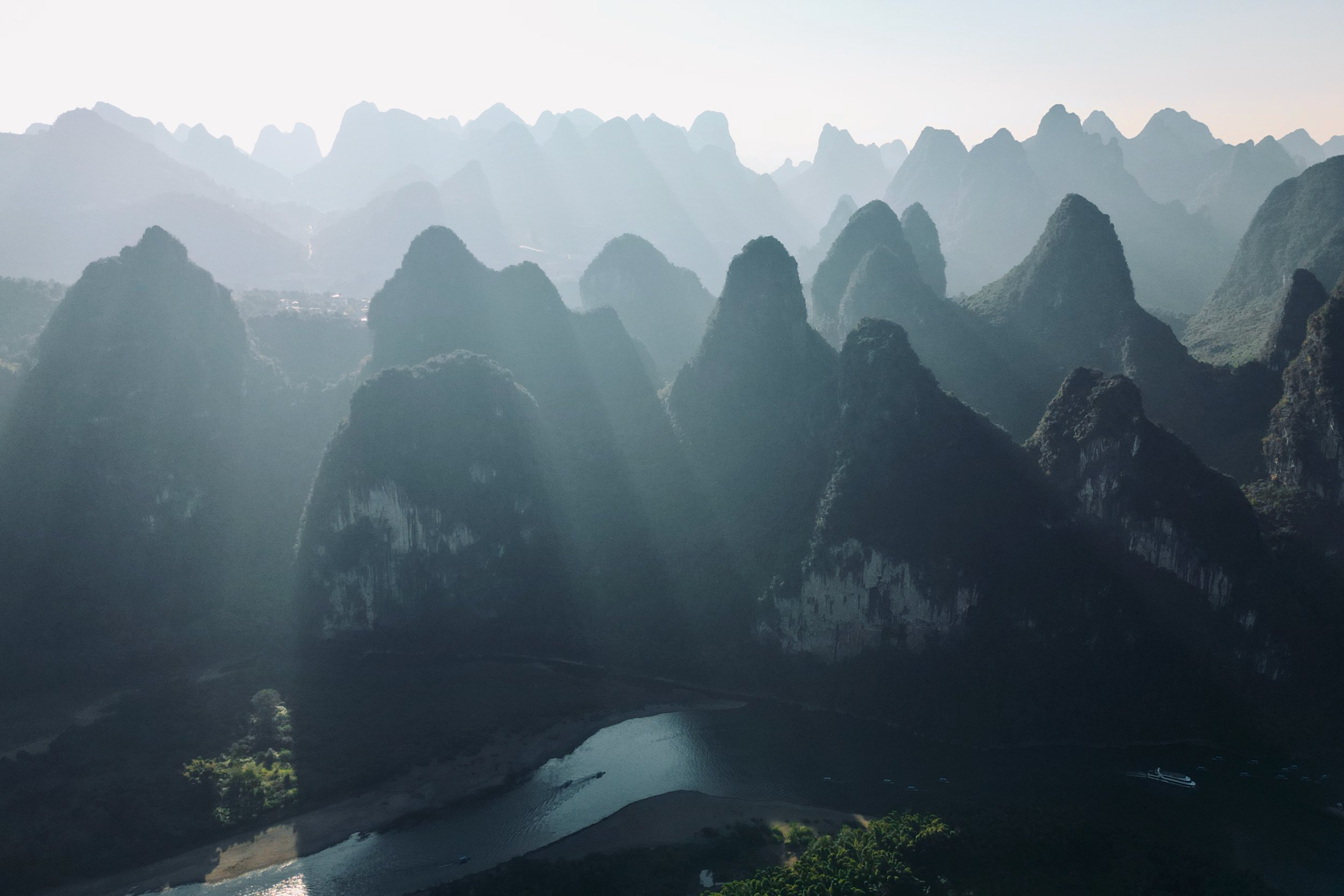
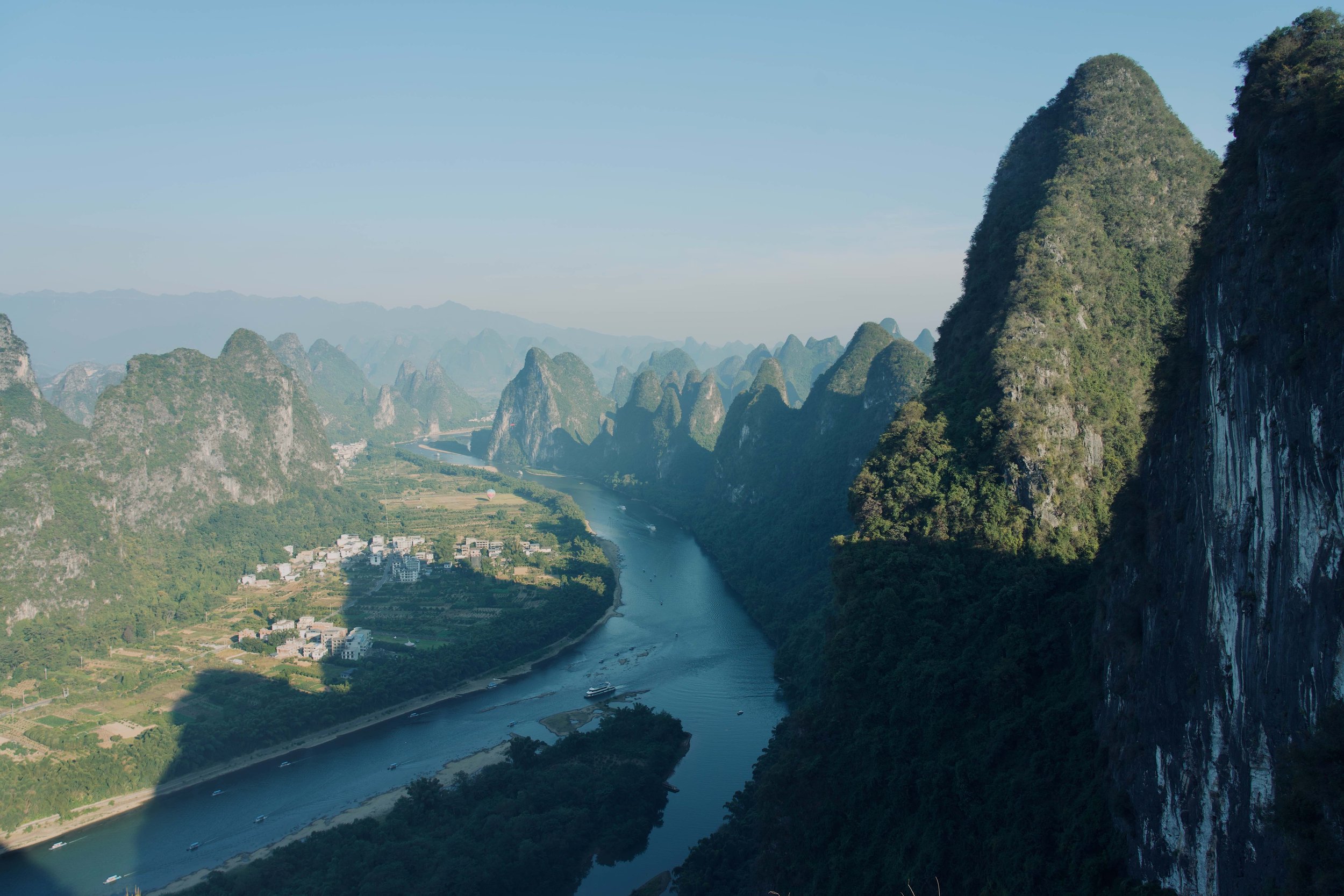
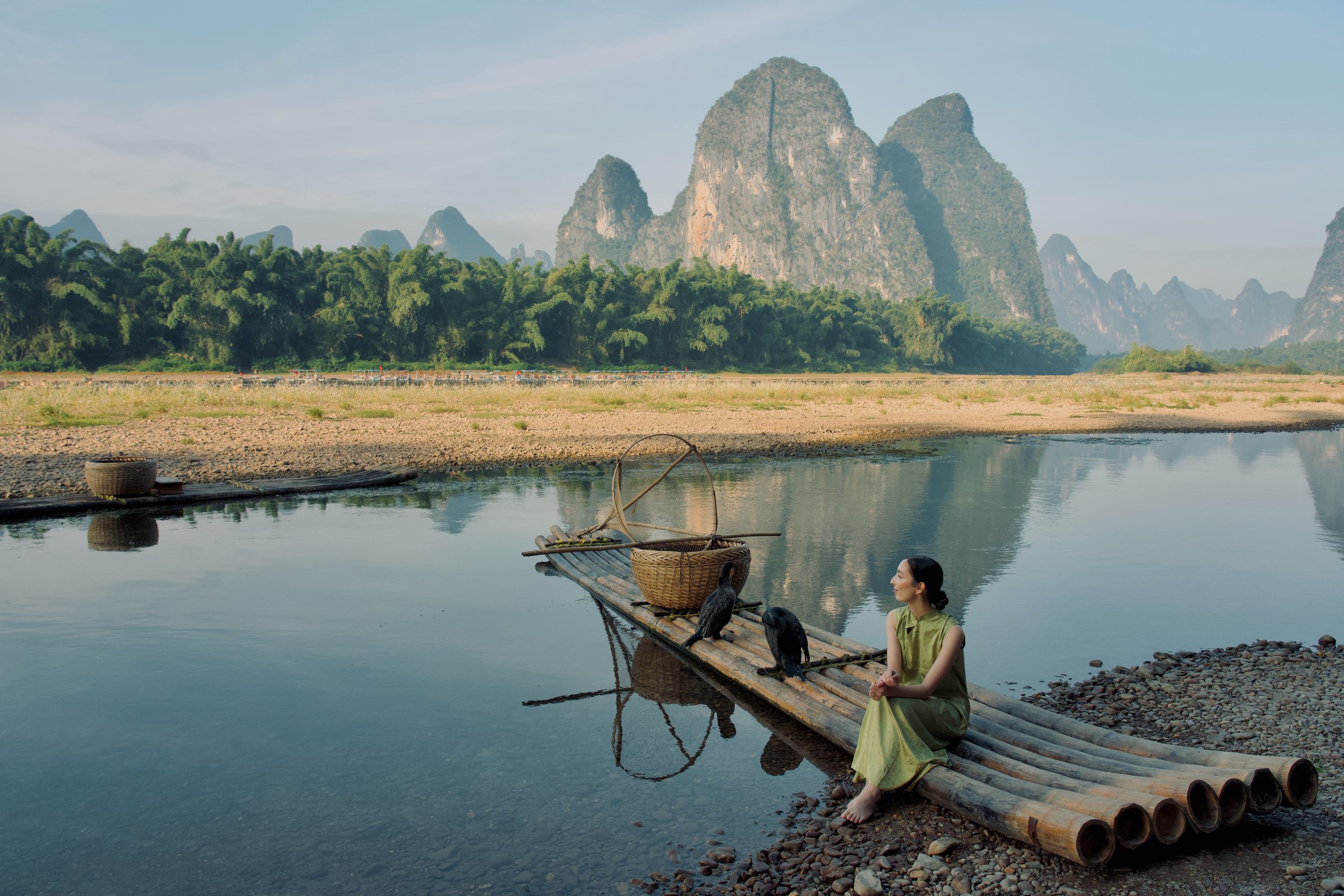
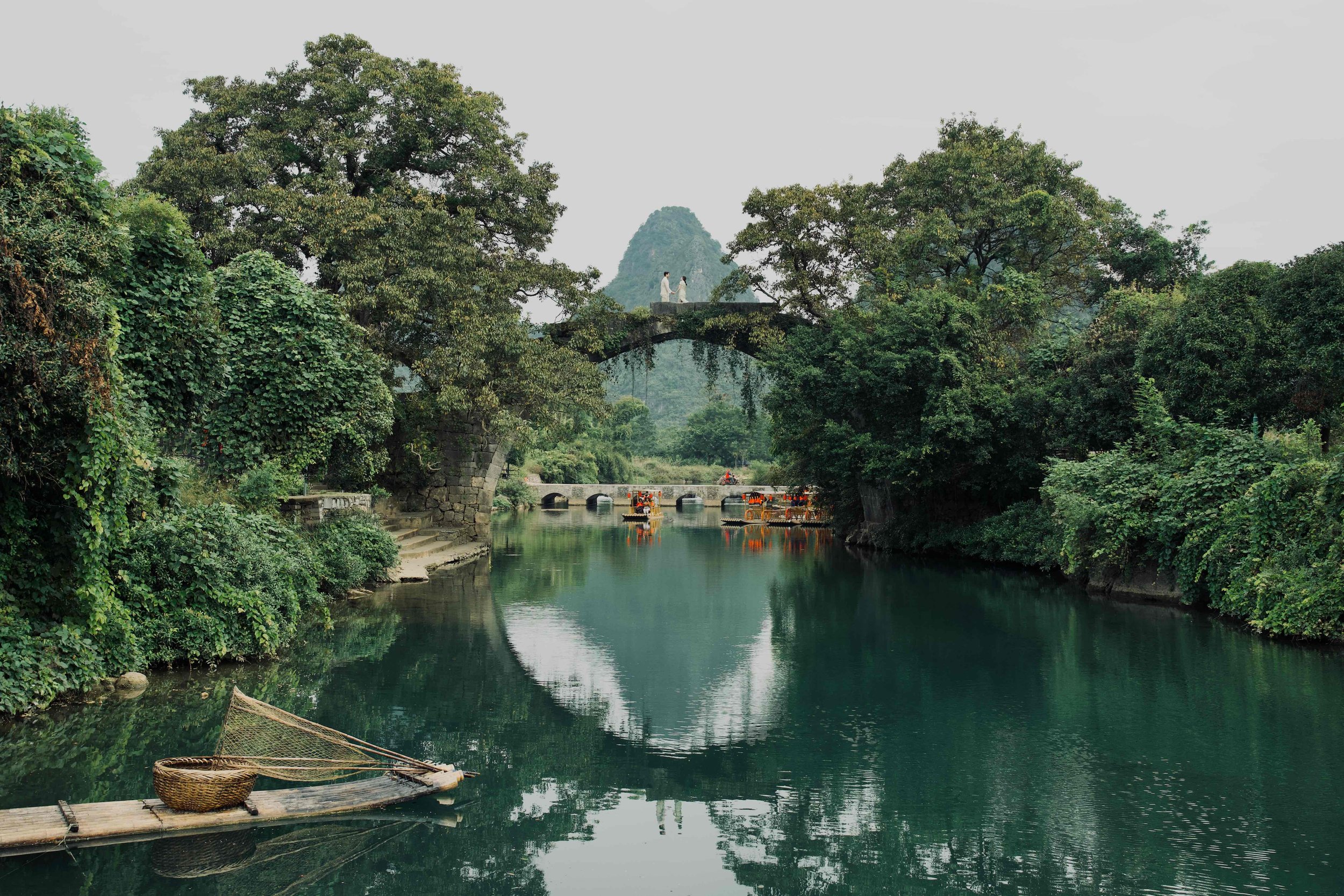
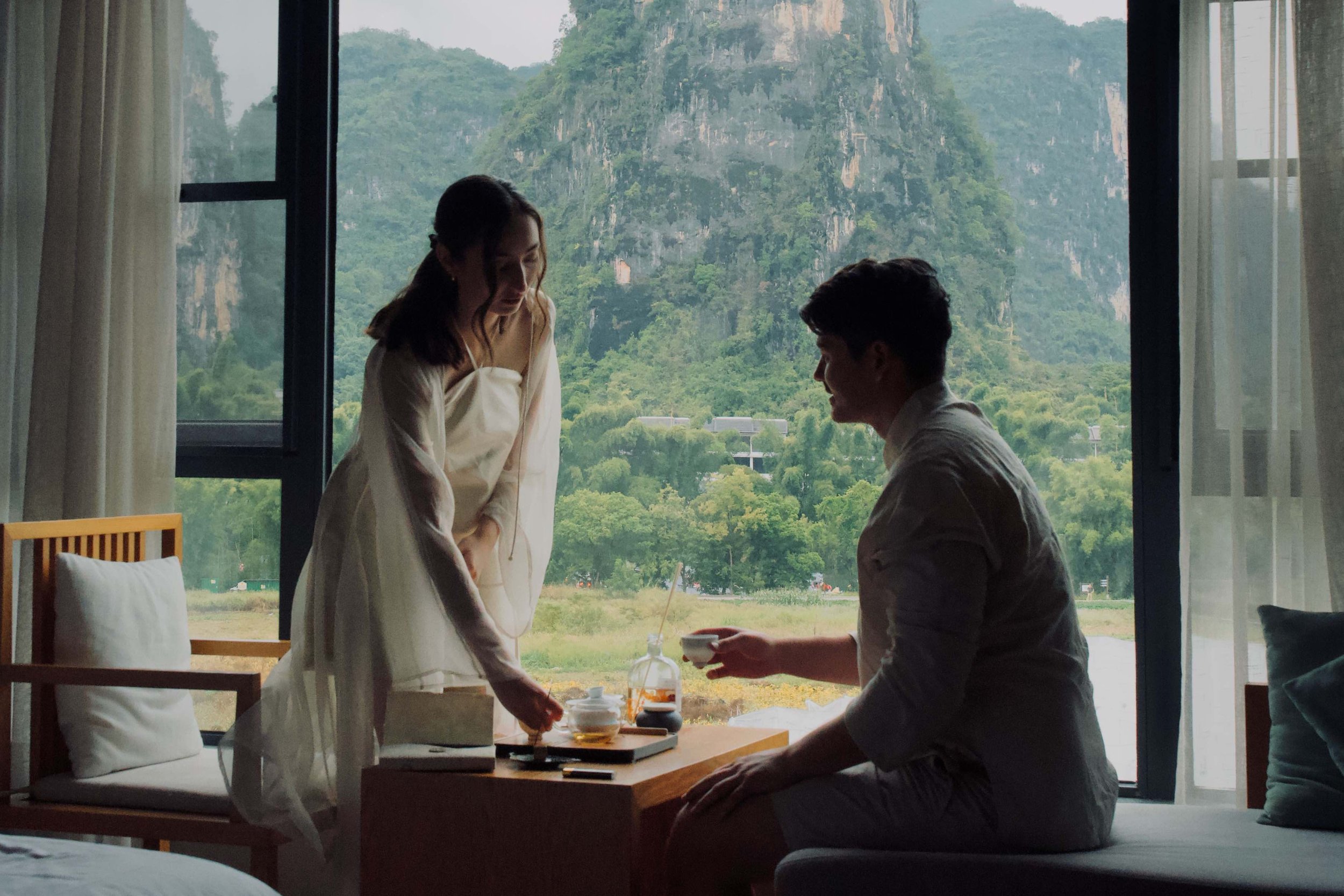
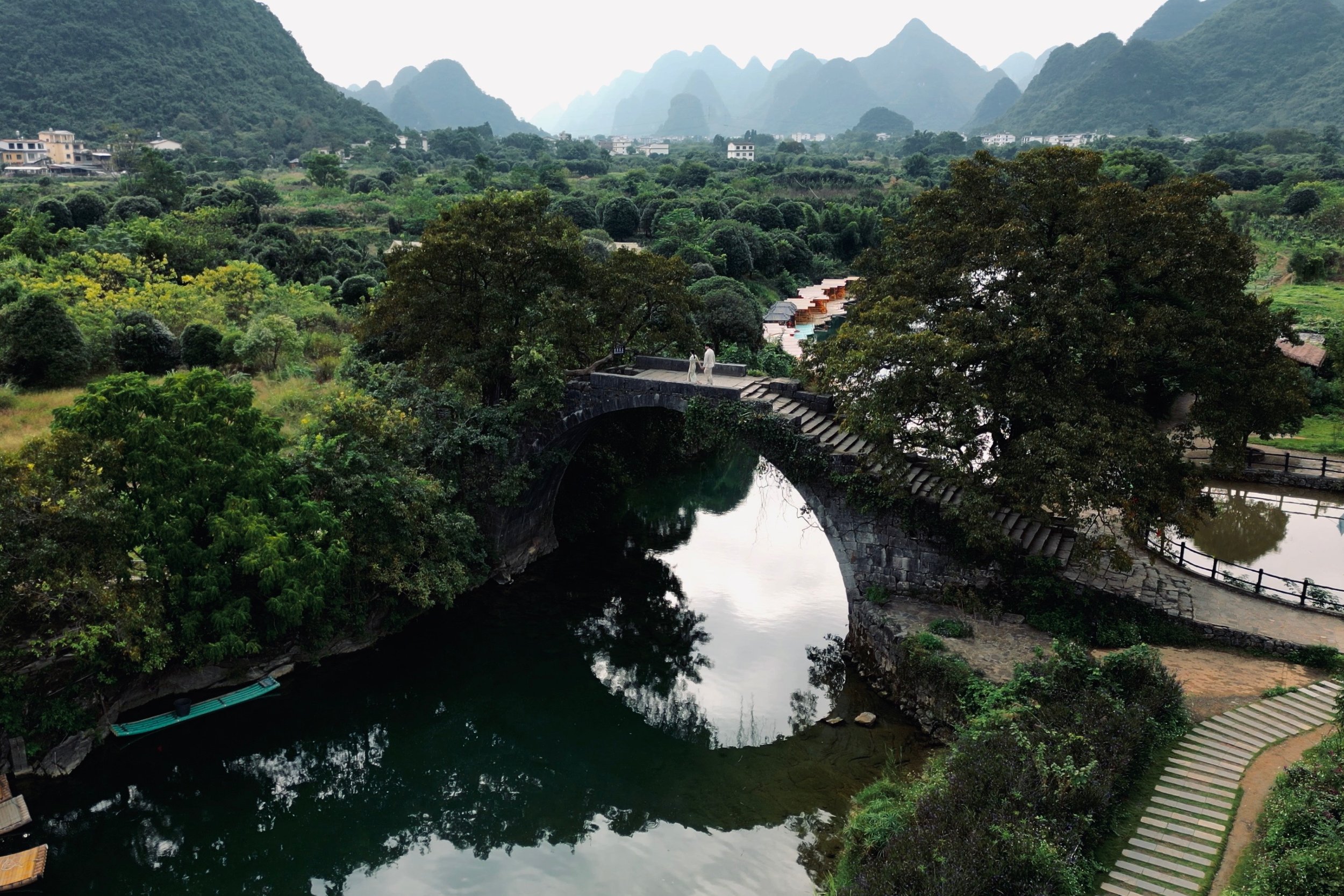
If you’re short on time
If you’re staying in Guilin or Yangshuo, the Longji Rice Terraces can be reached on a day tour. If you don’t have much time in the region, we recommend this day trip which starts at Xianggong Mountain and then to the Longji Rice Terraces (we have more information about Xianggong Mountain in our guide to Guilin here). Once you select your travel date, the Longji Rice Terrace tour option will appear in the menu.


If you have a full day
If you have a full day just to explore the rice terraces, we would recommend taking a full day private tour from Guilin because you can fully customise the experience. After selecting the date, you can choose to add experiences like the cable car to the top of Golden Buddha Peak where you can get fantastic views of the Longji Rice Terraces from the top of the valley. Adding these experiences to your tour package is a good option as the tour guides can get tickets for you faster (they have a separate line at ticket booths). There are also options in the tour to include hiking in Ping’an Zhuang Village or Dazhai Village, and one option that stops at Cuiping Hill on the way back to Guilin for an amazing sunset view of the limestone mountains.
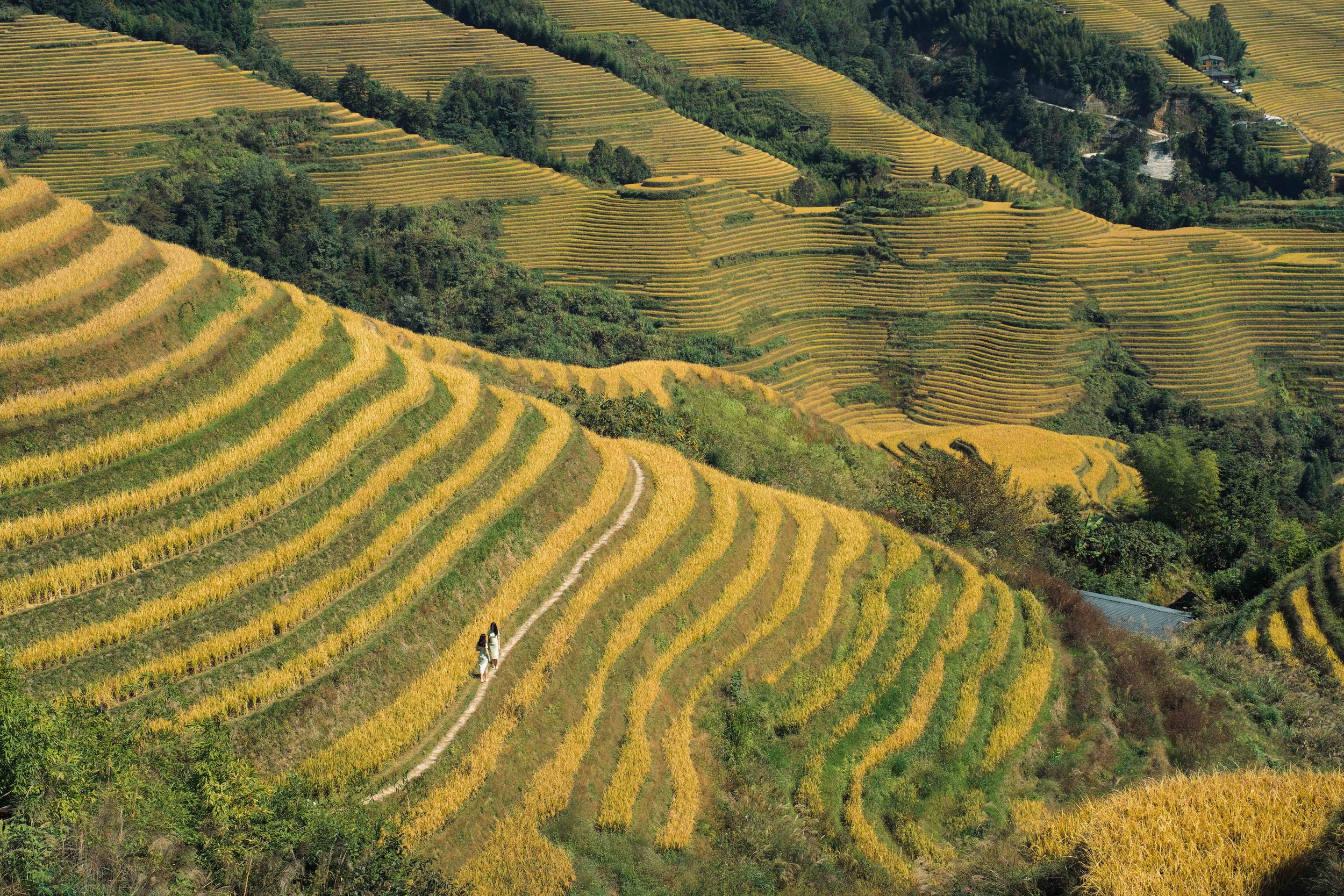
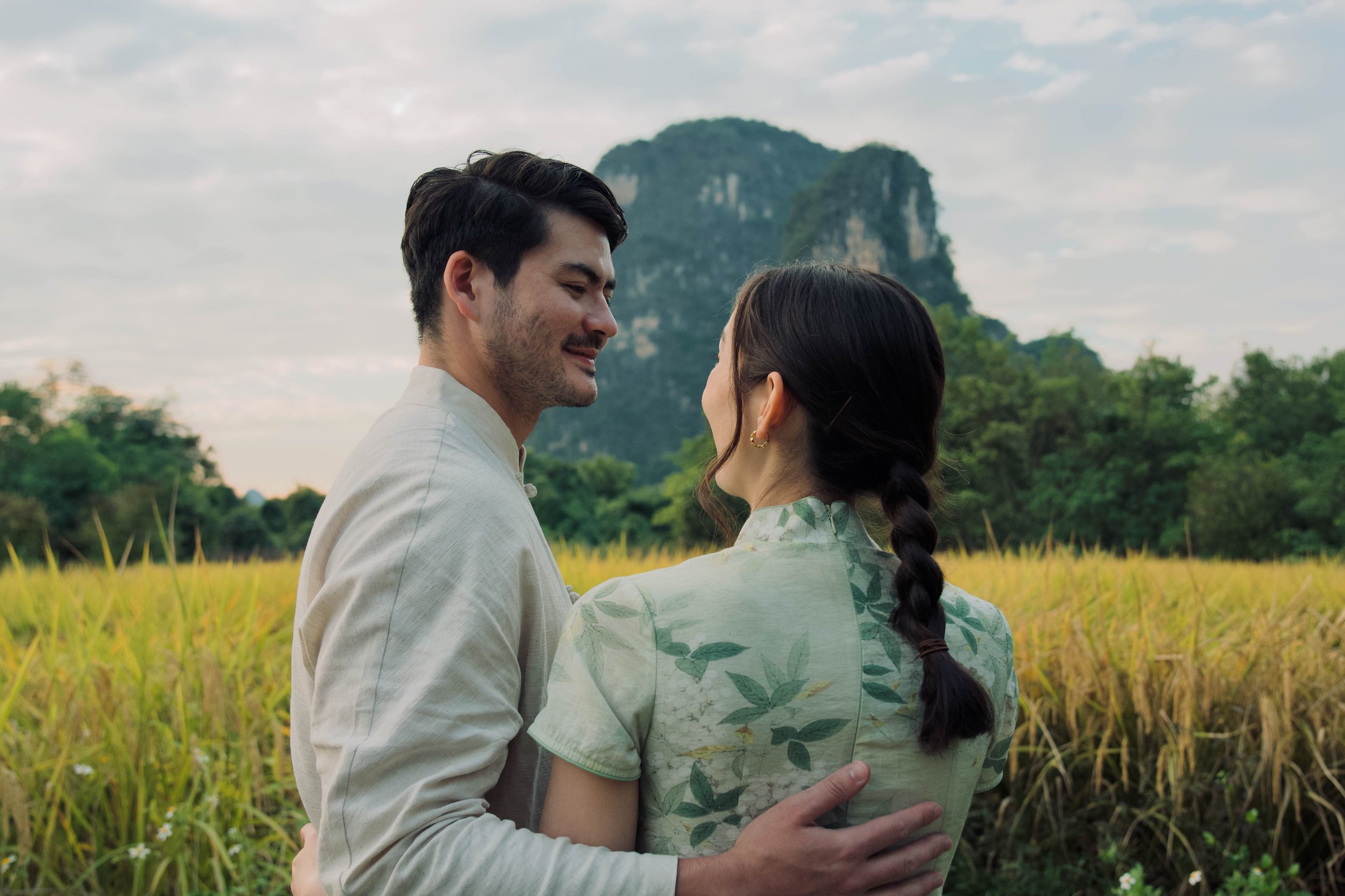
If you want to stay overnight
If you’re staying overnight, we’d recommend taking this tour that covers the Longji Rice Terraces in two days. The itinerary can be completely customised with your guide and the tour includes pick up and drop off anywhere in Guilin or Yangshuo. For this tour, you’ll need to book accommodation separately, but we have recommended the best place to stay below.
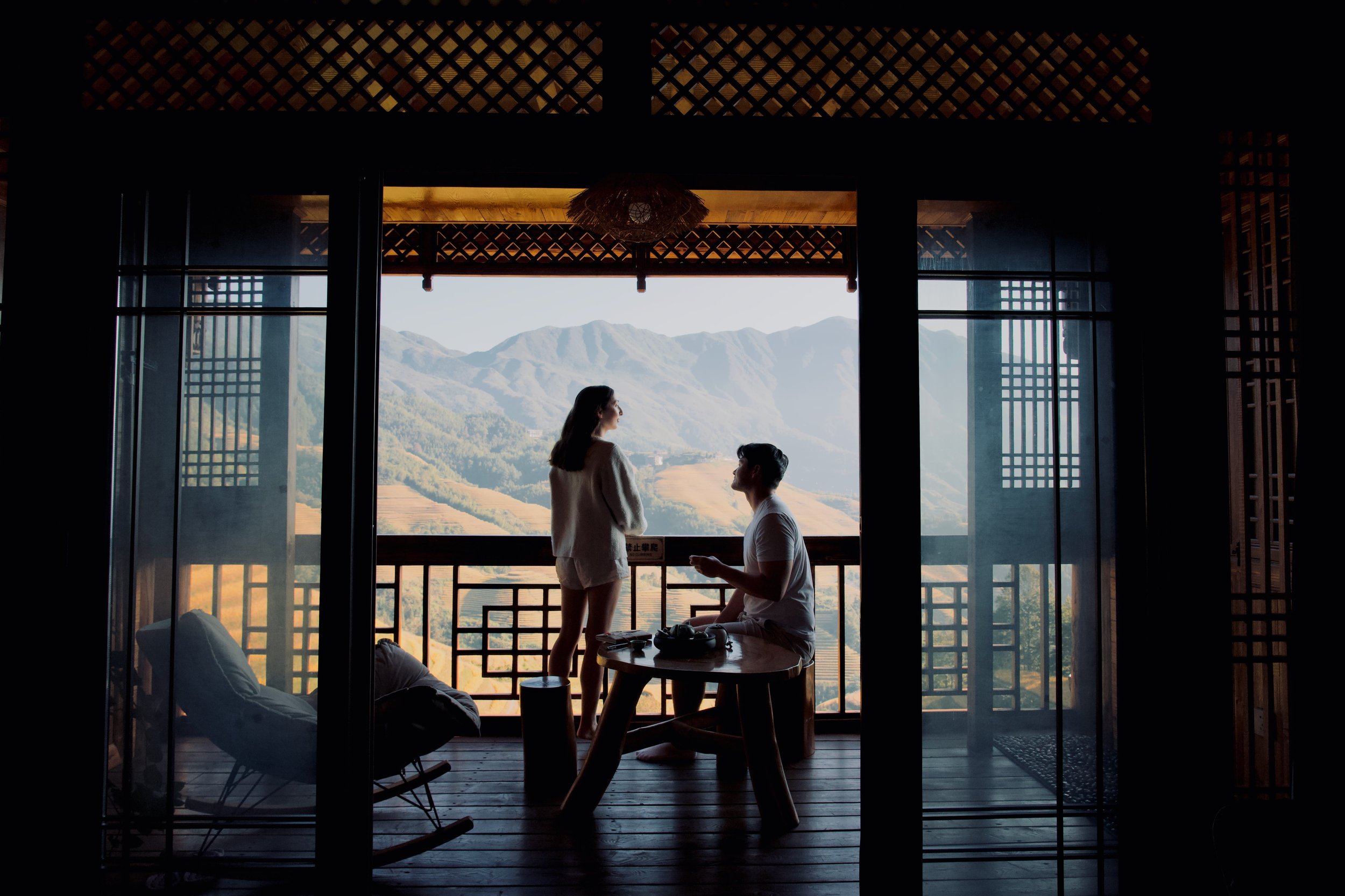
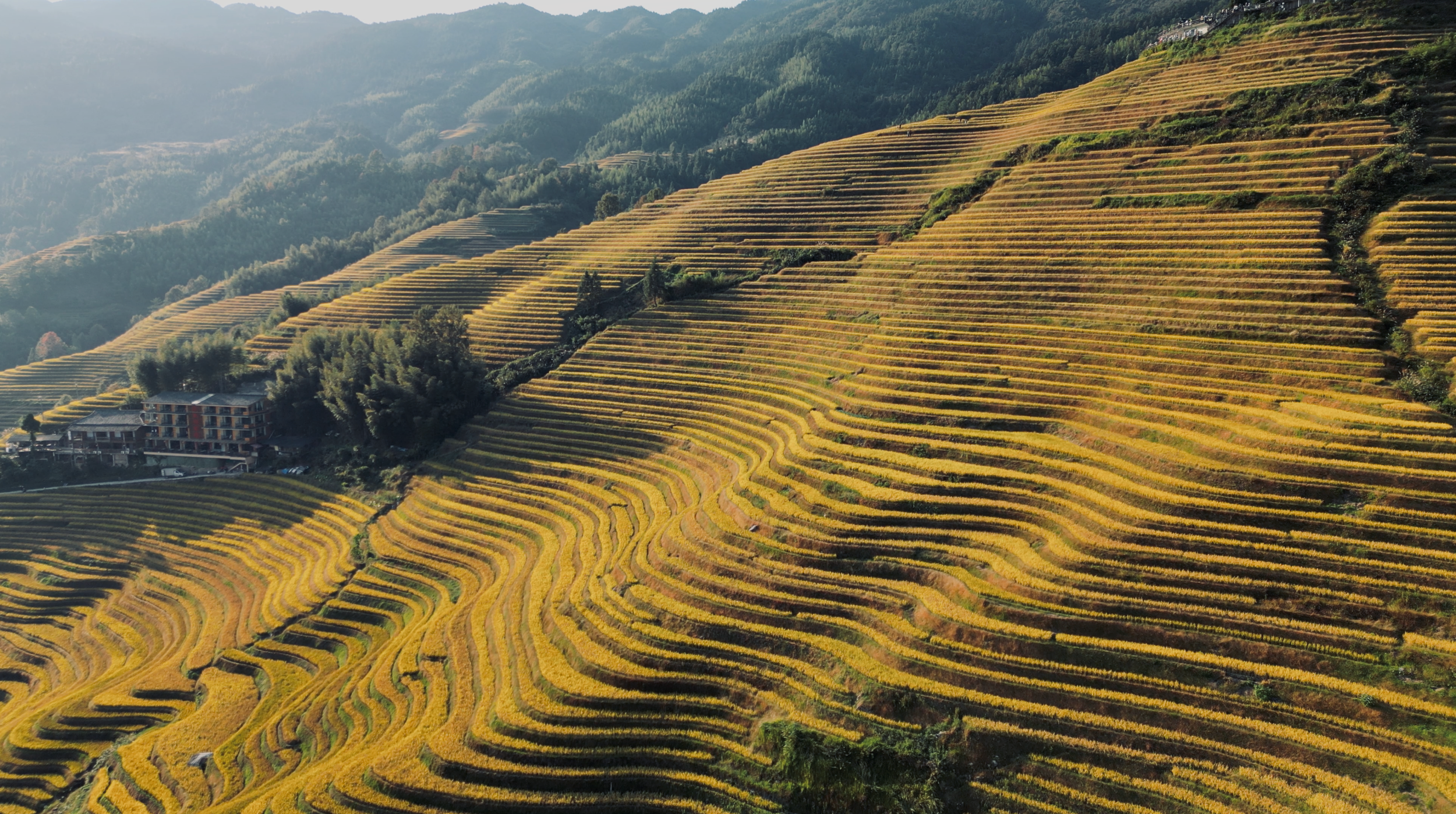
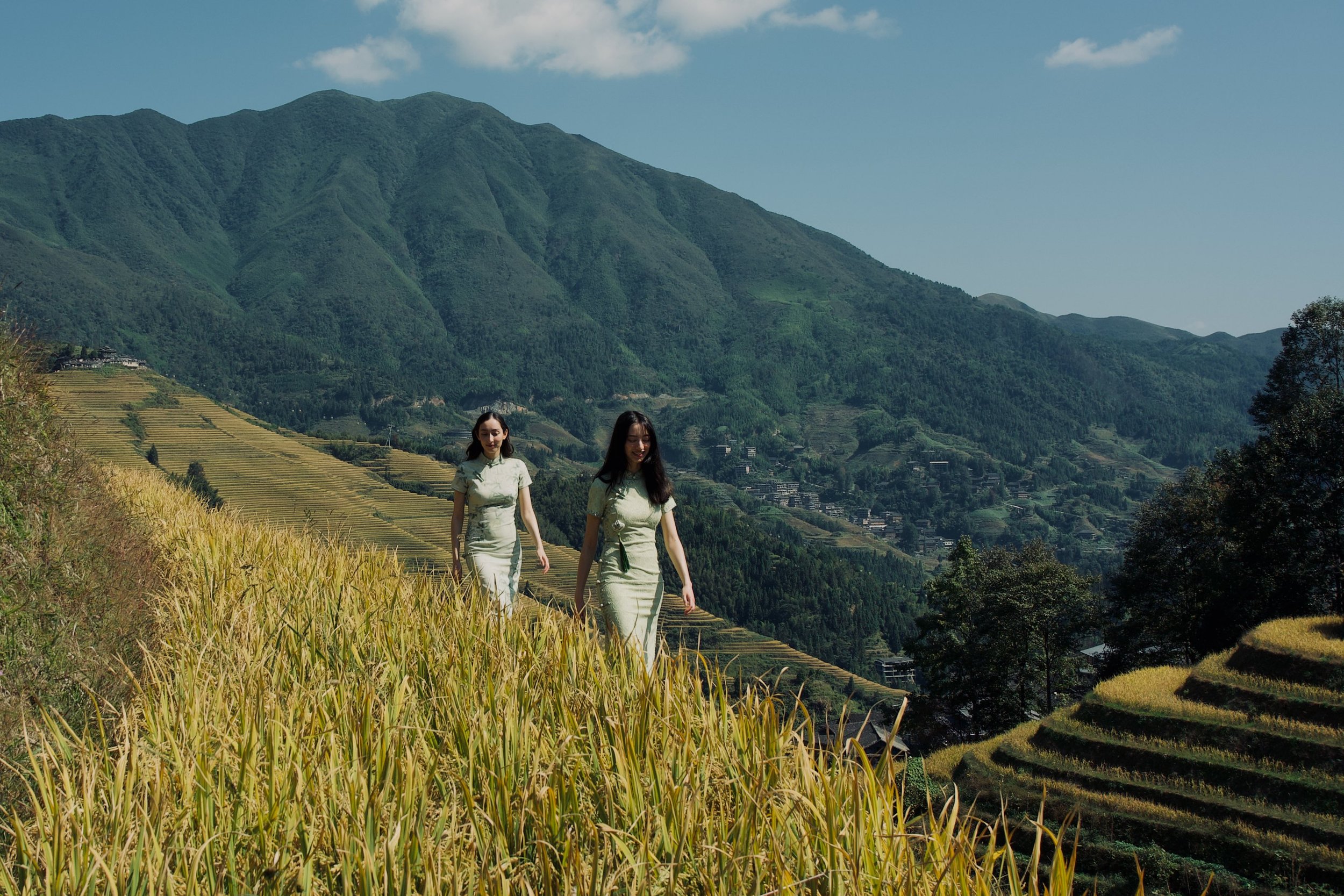
How long to spend at the Longji Rice Terraces
We only had one night at the Longji Rice Terraces, but we wish we had longer. There’s plenty to see and do in the area. We think 2 nights would be an ideal amount of time to spend in the Longji Rice Terraces, which would give you enough time to hike to the viewpoints and spend some time in the ancient villages along the way. If you’re backpacking, you can actually hike between the Ping’an and Dazhai villages (the main villages in the Longji Rice Terrace area).
However, you can still see a lot even in just one night at the Longji Rice Terraces, including the main viewpoints and the shorter hikes that connect them.
Things to do at the Longji Rice Terraces
Ping/an and Dazhai Villages and Scenic Areas
There are around 15,000 rice terraces in Longsheng that extend over many hills, but there are two main scenic areas to visit:
Ping’an village (平安壮寨梯田)
Dazhai village (大寨) and Jinkeng terraces
The Ping’an and Dazhai villages are the most accessible villages in the area, however, they are not directly connected to each other by public transport. If you want to get between them by bus, you’ll need to transfer at Erlon Bridge (二龙桥) but note that buses only depart every 1-2 hours. To get between the two areas by car, it takes around 50 minutes and a private driver will cost around CN ¥80. Alternatively, you can hike from Ping’an to Dazhai in around 6 hours. It’s an extremely scenic hike, and you’d be able to see all of the main viewpoints along the way.
We only had time to visit the Dazhai Village and Jinkeng terraces. In this area, tourist cars and public coaches have to park in the Dazhai Parking Lot, which is also the entrance to the Jinkeng scenic area (information about ticket prices to this area are included below).
Viewpoints in the Longji Rice Terraces
Dazhai Jinkeng Terraced Fields
There are three main viewpoints in the Dazhai area:
Viewpoint no. 1 Xishan Shaoyue (West Hill Music)
Viewpoint No.2 Qianceng Tianti (Thousands-layer Terraces)
Viewpoint No. 3 Jinfo Ding (Golden Buddha Peak)
We think Jinfo Ding (金佛顶), the Golden Buddha Peak, is a must-visit in the Dazhai area. You can get there by taking the cable car at the Dazhai Parking Lot (大寨停车场), which takes around 20 minutes to get to the top (we’ve included ticketing information below). You can also hike up or down the hill and take a one-way cable car trip from either direction as there is a cable car ticket office at both ends of the ropeway. It’s an incredibly beautiful and scenic hike, especially in the late afternoon light, and takes around 1-2 hours.
One thing to note about the Golden Buddha Peak cable car is that the line can get extremely long during the peak travelling seasons and weekends. At 2pm on a normal Sunday in late October, we waited 90 minutes in line to take the cable car up to the Golden Buddha Peak—and we’ve been told it can get even longer. If you can see the line for the cable car (not the ticketing office) in the car park, it’s going to be a long wait. Consider hiking up to the top and taking the cable car down instead, saving yourself some time and money.
There are also some smaller ancient villages worth seeing nearby, Tiantou and Zhongliu Villages, which are more remote and has less tourists visiting.
Ping’an Zhuang Terraced Fields
We didn’t visit the Ping’an area, but there are two main viewpoints that can be reached by hiking:
Viewpoint No. 1: Nine dragons and five tigers
Viewpoint No. 2: Seven stars with the moon
We would’ve loved to have visited the Nine Dragons and Five Tigers viewpoint, which has one of the more iconic views of the Longji Rice Terraces.
Zhuang Village is also popular to visit in the Ping’an Scenic Area.
Walking across the Longji Rice Terraces near Xia Tiruijing Homestay
Hikes in the Longji Rice Terraces
The tourist map we’ve included above shows all of the hiking trails in the area.
It’s really up to you how you approach the hikes and how much time you have in the area. Each of the Ping’an and Dazhai Scenic Areas have hiking routes which connect all of the viewpoints and ancient villages, meaning you can explore the entire area of the Longji Rice Terraces by hiking. It’s quite popular to do so as you can stay overnight in the smaller villages and enjoy either sunrise or sunset at the viewpoints.
A common one-day hiking route in the Ping’an Scenic Area is:
Ancient Zhuang Village > Seven Stars with the Moon Viewpoint > Nine Dragons and Five Tigers Viewpoint > Ping’an Village (altogether about 2 hours).
In the Dazhai Scenic Area, a common one-day hiking route is:
Tiantou Zhai Village > Thousand-Layer Terraces Viewpoint > West Hill Music Viewpoint > Tiantou Zhai Village > Golden Buddha Peak (altogether about 4 hours, including descent to Dazhai Parking Lot by cable car from the Golden Buddha Peak).
It’s also possible to do both routes in the same day by hiking, though bear in mind it would take around 6 hours. If you were doing so, you may still need to stay overnight at the village in your end destination, or at least plan your transport out of Longji in advance.
If you take a private day trip from Guilin, there are options to include hiking in Ping’an Zhuang Village or Dazhai Village in the customised itinerary.
Cost of visiting the Longji Rice Terraces
The private day trip from Guilin to the Longi Rice Terraces includes the cost of tickets in the tour. If you’re travelling to the Longji Rice Terraces independently, there is an admission fee to the ‘rice terraces scenic area’ (which includes both villages and all viewpoints):
CN ¥100 for adults
CN ¥60 for children (120-140cm)
Free to children under 120cm
Activities (other than hiking), restaurants and stays in the area have additional costs on top of the admission fee.
The cable car from the Dazhai Parking Lot (大寨停车场) to the Jinfo Ding (金佛顶) (Golden Buddha Peak) costs CN ¥60 one-way and CN ¥110 return.
View from the top of the Dazhai Cable Car
Where to stay near the Longji Rice Terraces
You can see the highlights of the Longji Rice Terraces comfortably in a day trip from Guilin, but if you’d like to stay for longer, there are many hotels and home stays, especially in the Ping’an and Dazhai villages. We found that Trip.com had the most options for accommodation in the area. In general in China, we’d recommend booking ahead and including your WeChat ID in the booking form. That way, you can get in touch with hotel staff directly about the harvest times, weather and conditions of the terraces before your visit.
We decided to stay for one night and chose the Xia Tiruijing Homestay (Longji Jinkeng Daguzhai Terrace Observation Deck). Although it says ‘homestay’ in the name, it’s really more of a boutique hotel which sits on the upper hills of the valley. We woke up in the middle of 15,000 terraces, and the morning view from the balcony was beyond our wildest dreams. It also has a great restaurant which is reasonably priced and serves locally made rice wine. It is only available to book here on Trip.com.
The staff at the Xia Tiruijing Homestay picked us up from the Dazhai Parking Lot and drove us up extremely narrow and windy roads in the hills.
There are also a lot of accommodation options in Ping’an Village on Trip.com if you’d prefer to stay on that side.
Morning at the Xia Tiruijing Homestay
Aerial view of the Longji Rice Terraces, taken with a DJI Mavic Mini 3 Pro near the Golden Buddha Peak
